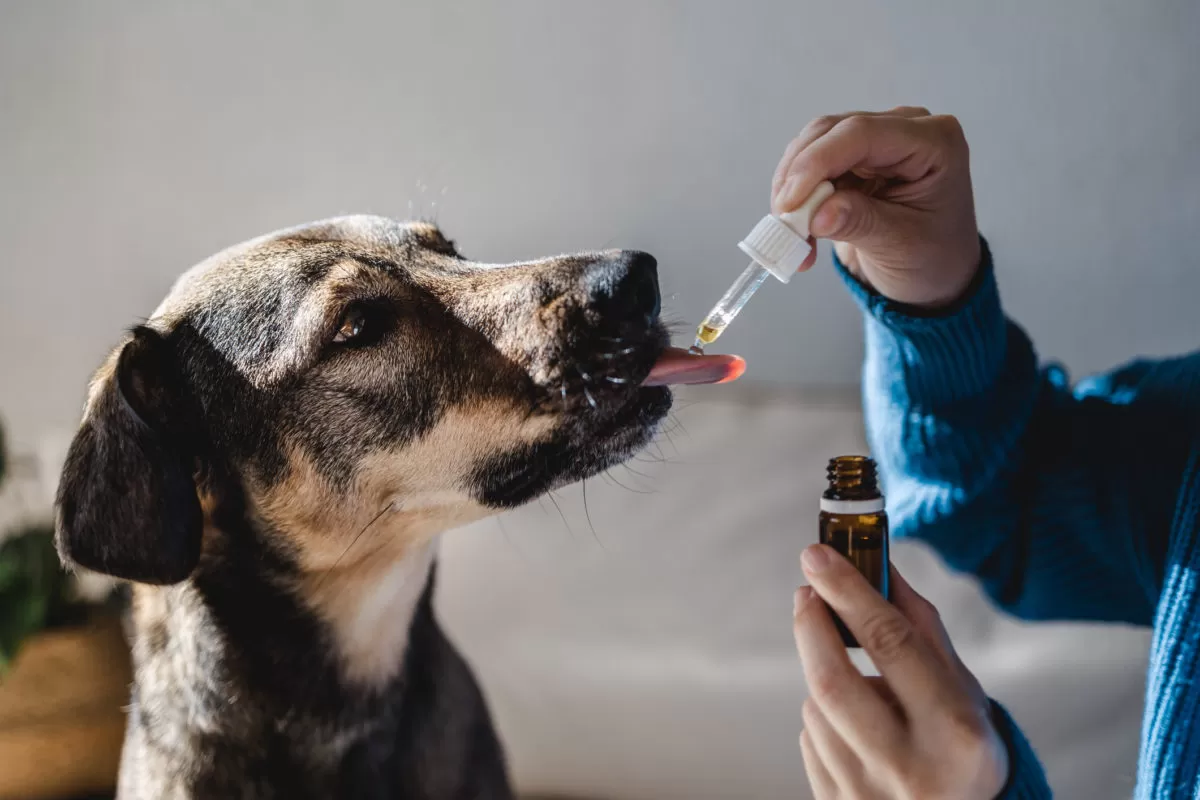
Dogs can get very finicky when it comes to taking medicine. I am sure you are well aware of this fact if you are a dog owner. God forbid if your dog gets sick, giving them medicine is one of the most difficult things ever. However, proper medication administration and management are essential to treat pet illnesses, especially if your dog is struggling with chronic illnesses. As hard as it is, giving your dog medication is essential for healing. In today’s post, we will discuss some of the best tips and practices to make your life easier and smoother by giving your dog liquid medication for a better experience.
The Basics of Liquid Medication
Liquid medications can be used to treat a number of different health conditions. Certain prescribed pills and capsules can be compounded into liquid meds for easier administration. If you are having immense trouble with giving your dog solid meds, reach out to your vet and explore compounding. Please note that it cannot be done for all meds. The vet and compounding pharmacist can assist you better in this regard.
Follow Recommendations
It is crucial to use only prescribed meds for your dog and not opt for self-medication. Make sure to follow the entire length of the treatment and do not stop meds early, even when your pet is feeling better, unless your doctor asks you to do so. If you are unsure of how to administer liquid meds, it is always a great idea to ask for a demonstration. It is the best way to learn.
How to Give Liquid Medicine to the Safety of Your Dog?
Giving your dog liquid medication can seem quite challenging and mysterious. Simply follow these steps for the safe administration of meds: Always read the label in order to understand the optimal dosage for liquid meds. Once you learn how much and how frequently you need to administer meds, then present them to your dog as per the instructions. Always follow the instructions for the storage and handling of the medication.
Use gentle hands to pull your dog’s lip away from the teeth and create a pocket between the cheek and teeth. This space will be used for medicine administration. Do not put a syringe directly into your dog’s mouth, as it can lead to choking and aspiration.
Take out the syringe, fill it with the meds as per the dosage instructions, and place it behind the canine tooth. Make sure that the syringe is angled towards the throat for ease of administration. Slowly disperse the liquid with a syringe. Give your dog time to swallow it properly and breathe. Do not rush the process. Take measures to encourage swallowing, such as blowing their nose, stroking the throat, and closing your dog’s mouth. Avoid tilting their head back, as it can lead to choking. Your pet might spit up some of the medicine. It is normal. Avoid readministering the med to prevent overdose.
How to Trick Your Dog Into Taking Liquid Medicine?
Generally, administering liquid medication for dogs works very well and seamlessly. If you have a hard time dealing with spit out meds and resistance, you might need to get a bit more creative. We have compiled a list of tips that can come in handy:
One thing you can try is hiding the medication in their food. Always select their favorite food that has a very strong smell and flavor. This will conceal the taste of meds and help them get better over time. If the medication has a super strong taste that is even prominent when consumed with food, you might want to try something else.
If you have been previously given liquid meds with a syringe, try using a spoon instead. Your dog might find it less threatening. If you are faced with immense resistance, try enlisting a second person to handle the dog. The goal is to keep your pet as calm as possible while administering the medication. If you store the medication in the fridge, keep it in your hands for a couple of minutes to bring the temperature down. Avoid serving meds at extreme temperatures.
When your dog consumes the med effectively, offer plenty of praise. This will encourage your pet to take medication without too much hassle next time. While compounding is a great way to transform solid meds into liquid ones, it doesn’t have to be the only option. If the liquid med is too bitter, you can ask your compounding pharmacist to add flavor to it to make the medication more appetizing and appealing to your dogs.
Get the Right Medication for Your Dog with Burt’s Rx Pharmacy
We hope you found this article informative and helpful! Burt’s Rx Pharmacy helps to customize the perfect medication for your dog. If you have tried every single thing but are still faced with resistance, compounding can make your experience more seamless. You can get in touch with us today. We work together with your vet to craft a perfect treatment plan for you and your furry friend. Contact us today for further information.
- Disclaimer: This article is meant for informational purposes only. Do not substitute it for a medical diagnosis, and use it as a substitute for the advice of your bet. Always consult your vet before getting started on a new treatment plan or stopping/starting a treatment.

 info@burtsrx.com
info@burtsrx.com
